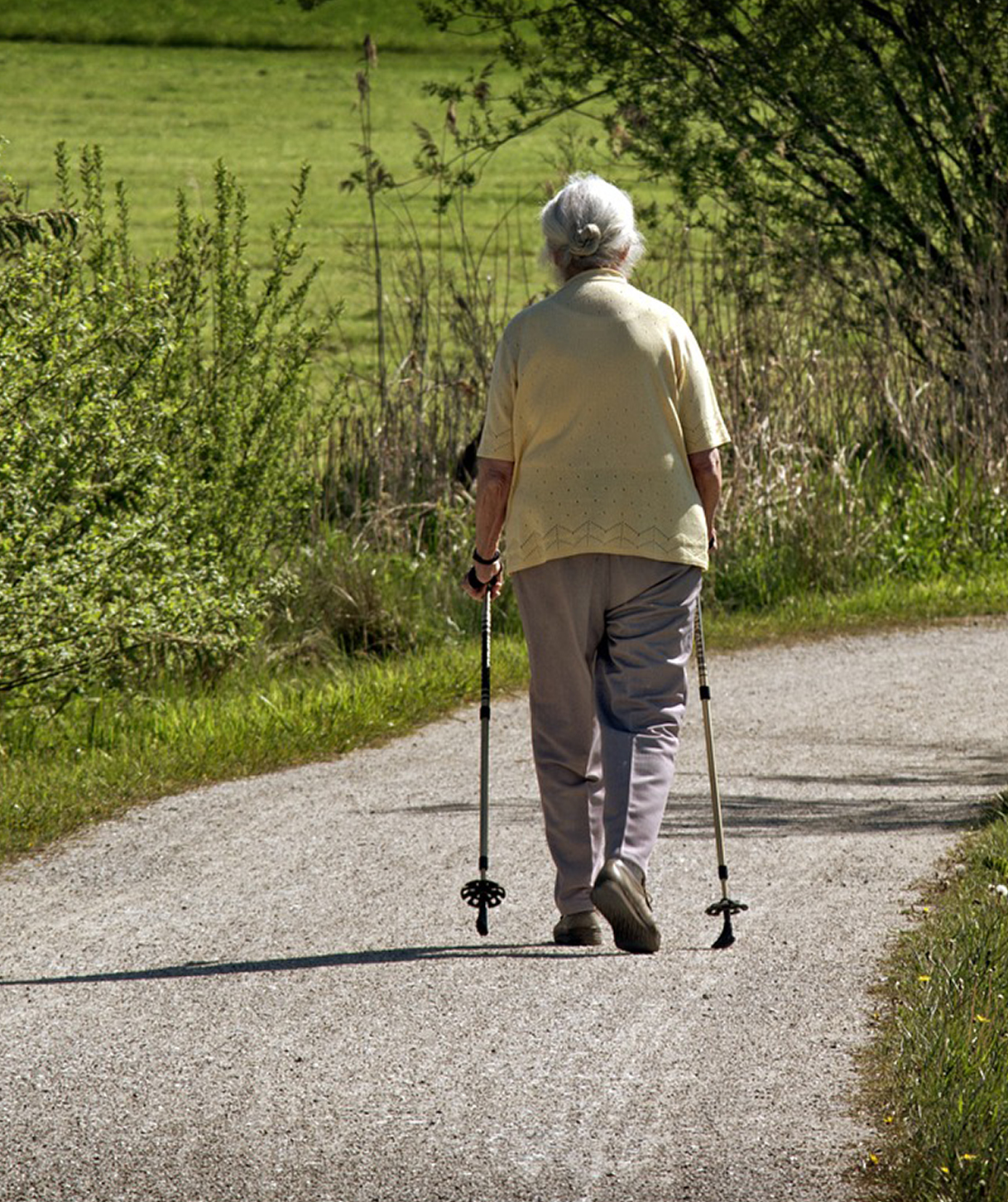Facts
Vitamin D3
Vitamin D is produces in the somatic cells during sun exposure (UVB rays). Thus, the body is able to produce the vitamin itself when there is enough exposure to sunlight. By this process, up to 90 % of the vitamin D needed by the organism is produced in the somatic cells. During exposure to UVB radiation the skin produces a pre-stage of vitamin D from cholesterol, which is then converted into an effective form in the kidneys and the liver.
In winter, the sun is too low to provide enough UV rays for the vitamin D synthesis. In this season, a healthy person lives of the vitamin D reserves in the body's fat tissue. Flu epidemics strike us mostly in February and March seeing that the vitamin D reserves in the fat tissue get lower and lower with the ongoing winter.
In the sunny months (April to September) it is important to get enough sun. However, it is also recommendable to not be exposed to the sun for too long and too often. It is enough to hold the arms and the face in the sun for ten to fifteen minutes a day. Sunscreen with a high SPF prevents the production of vitamin D almost completely. That is why it is reasonable to wait a bit before applying sunscreen and to expose your unprotected skin to the sun for some minutes. The skin cannot produce vitamin D behind closed windows in the car or the house because UV rays do not go through glass.
The chemical name for vitamin D3 is cholecalciferol and it has been known since 1918.

Functions in the body
Vitamin D is involved in thousands of regulation processes in the somatic cells and therefore plays a key role in maintaining a healthy body. A vitamin D deficiency leads to an increased risk of disease - especially in winter months - if there is a lack of UV radiation. Calciferol/vitamin D is deeply involved in many processes in the body, such as bone formation. It influences the calcium metabolism and thus increases the calcium level in the blood.
Vitamin D counts among the liposoluble vitamins. It helps to strengthen bones and teeth and is believed to have a protective effect against diabetes, cancer and various cardiovascular diseases. There are even studies about a significant influence of vitamin D on the mental health of people.

Vitamin D3 in food
Due to the geographical position, it is hard for people in Central Europe to produce a sufficient amount of the "sun vitamin" in winter. Some physicians think that it is possible to receive enough vitamin D through food. In theory, that might be true but in reality it cannot be done. In order to rely on food for a sufficient vitamin D intake, one must eat fish with a high fat content (such as mackerel or salmon) 3-5 times a week. Or drink a minimum of ten glasses of milk or orange juice enriched with vitamin D a day.
Thus, the production of vitamin D has to rely mainly by UVB radiation or the intake of vitamin D preparations. According to the German Nutrition Society, especially infants, toddlers and elderly persons benefit from an additional intake of vitamin D. Physicians recommend to meet the demand for vitamin D by using a preparation (after evaluating the vitamin D level).

Vitamin D3 deficiency
According to various studies, approx. 60 % of the German population suffer from a vitamin D deficiency. Based on recent research results, the German Nutrition Society (DGE) recommended increasing the reference value for the daily vitamin D demand. Now, it is at 20 micrograms.
Insufficient supply with vitamin D (D hypovitaminosis) results in an abnormal softness of bones, leading to osteoporosis with adults and rachitis (abnormal bending of bones) with children.
Vitamin D deficiencies are often trivialised since an undersupply does not cause an acute psychological strain and since there are no direct, noticeable symptoms. Therefore, most people are not aware of about the importance of this vitamin. A simple blood test is enough to quickly determine a vitamin D deficiency.
We are pointing out that not all of these statements have been approved by orthodox medicine since there is a lack of placebo-controlled studies.






